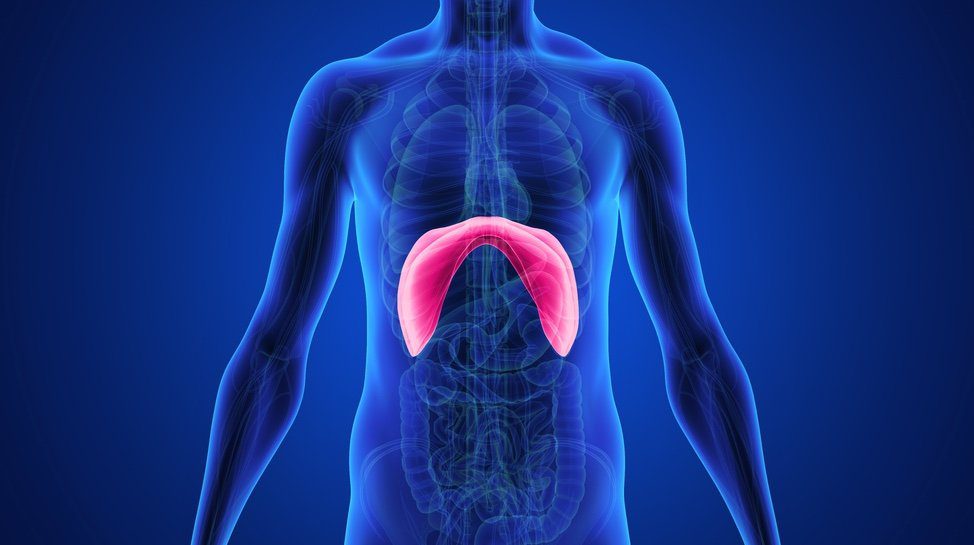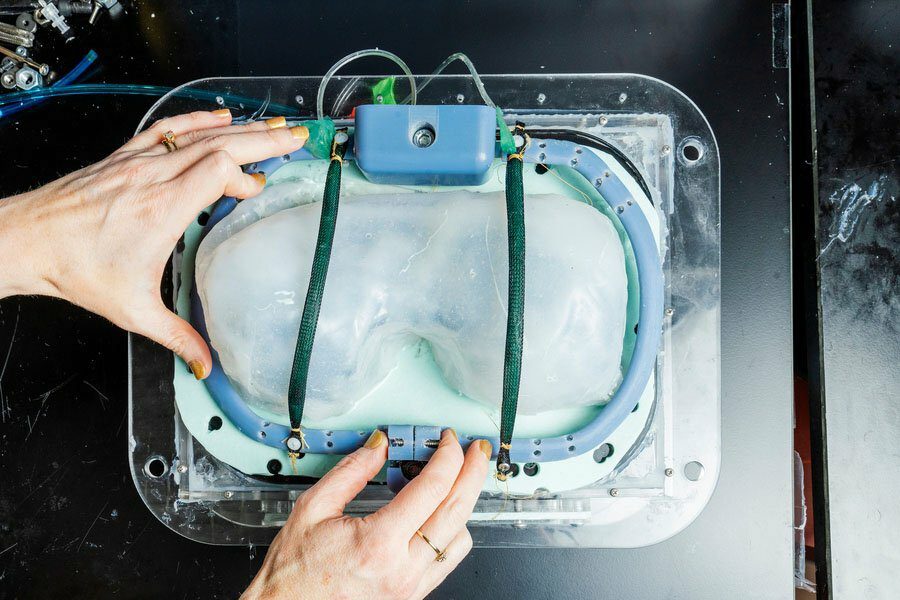At the bottom of our chest is a small but powerful muscular structure called the diaphragm. When this contracts, it pushes down, creating a vacuum in our chest. Like a sponge, our lungs expand to take in fresh, vital air. When the diaphragm relaxes, air is forced out, allowing our lungs to continually renew themselves.
Those suffering from severe chronic respiratory diseases, ALS or injuries to the diaphragm, have difficulty breathing on their own: a condition that can be a contributing cause of more serious problems and even death. MIT researchers have created a sophisticated miniaturized robotic fan implantable, which can act as a “diaphragm assistant”. It is made up of two soft tubes like balloons: using an external pump to inflate the tubes, they act like artificial muscles that push the diaphragm down, helping the lungs to expand. The system can be calibrated to match the natural rhythm of the diaphragm, providing vital support for breathing.

A breath of fresh air
<strong>The Eurobursar</strong> Ellen Roche, associate professor of mechanical engineering and a member of the Institute for Medical Engineering and Science at MIT, is leading this project designed to demonstrate the feasibility of this entirely new auxiliary breathing system.
“We are experimenting with a new way of delivering oxygen to our body, based on the biomechanics of human breathing,” explains Roche in an interview to the MIT journal. “While traditional ventilators push air into the lungs through masks or tracheostomies, this technology can support breathing more naturally, from the inside. We are not yet able to implant this device in humans. Some elements must be miniaturized and a correct process must be identified for its installation. But it's exciting to see that a new way of assisting breathing is possible."
The “implantable” diaphragm assistant: the tests

Currently, Roche and his team have tested the system on anesthetized pigs by implanting the device, monitoring oxygen levels and using ultrasound to observe the movement of the diaphragm. The result was surprising: the ventilator significantly increased the amount of air the pigs' lungs could take in with each breath, especially when the diaphragm and artificial muscles worked in sync. This allowed the pigs' lungs to breathe three times as much air without assistance. The key to achieving these results is the device's ability to give an extra downward push to the diaphragm when it contracts naturally, without having to mimic its movement exactly.
The team hopes that this innovation will solve the challenges faced by those suffering from chronic diaphragm disorders in the near future. Disorders often caused by neuromuscular diseases such as ALS, muscular dystrophy, or phrenic nerve damage. Roche and colleagues hope this solution can provide a way out for those who have struggled with these difficult conditions for too long. And we hope so too.


